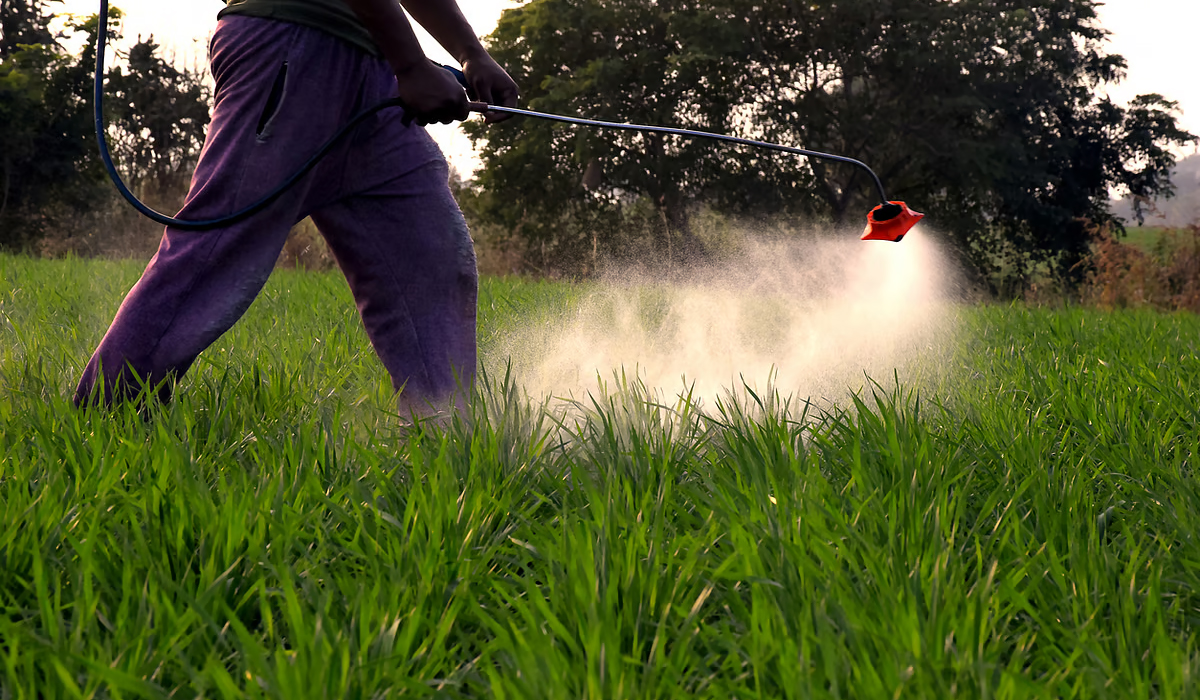
The global movement to eliminate hazardous pesticides has gained renewed momentum, with strong calls emerging at the ongoing Stockholm Convention meeting in Geneva for a full international ban on chlorpyrifos — a chemical widely condemned for its toxic effects on human health and the environment. Delegates, scientists, and civil society groups, including Pesticide Action Network (PAN) International, have urged that chlorpyrifos be included in Annex A of the Stockholm Convention without any exemptions.
Such a listing would prohibit the production, use, trade, and export of the chemical globally, marking a decisive step toward its complete elimination. The Stockholm Convention, a legally binding international treaty, aims to protect human health and the environment from Persistent Organic Pollutants (POPs) — chemicals that remain in the environment for long periods, accumulate in living organisms, and pose serious health risks. The current Conference of the Parties (COP) began on April 28 in Geneva and will continue until May 9, 2025.
Emily Marquez, a senior scientist at PAN International, underscored the dangers of chlorpyrifos during deliberations. She noted that even minimal exposure to the pesticide has been linked to significant harm to children’s neurological development, including permanent cognitive and behavioral deficits. “Its reach goes far beyond farm fields,” she added, pointing to scientific evidence of chlorpyrifos contamination in remote regions such as the Arctic, which highlights its ability to travel long distances and persist in ecosystems. The POPs Review Committee (POPRC), an expert scientific body under the Convention, has already concluded that chlorpyrifos satisfies all the criteria for inclusion in Annex A. These include high toxicity, long range environmental transport, persistence, and bioaccumulation. The committee’s findings have significantly bolstered the case for a total phase-out.
Voices from India added further urgency to the demand. PAN India’s Executive Director, AD Dileep Kumar, highlighted the pesticide’s widespread presence in the Indian environment. “Chlorpyrifos residues have been found in vegetables, drinking water, human blood, and even breast milk,” he said. He cited a study from 2003 that recorded levels of the pesticide in human samples at 41 times the World Health Organization’s recommended safety limits. Kumar stressed that both agricultural workers and the general population are being exposed to dangerous levels of the chemical. Kumar also warned of economic consequences, noting that the presence of chlorpyrifos residues in Indian exports could jeopardize the country’s access to international markets where stricter pesticide limits apply.
Alia Dianah, a project coordinator with PAN Asia Pacific, spoke on the disproportionate burden placed on vulnerable communities. “In developing countries, where regulatory oversight is weaker, the effects are devastating. Pregnant women, children, and poor farmers are among the most affected,” she said, emphasizing that exposure can lead to irreversible damage to intelligence, memory, and overall development in unborn children. All speakers emphasized that viable, safe alternatives to chlorpyrifos are already available. These include agroecological practices and organic pest management systems, which do not rely on toxic chemicals and are already in use in various regions with documented success. With scientific consensus mounting and safer substitutes in place, stakeholders at the Geneva meeting have called for a decisive global move to list chlorpyrifos in Annex A without delay or exceptions — closing the door on one of the world’s most harmful pesticides.
